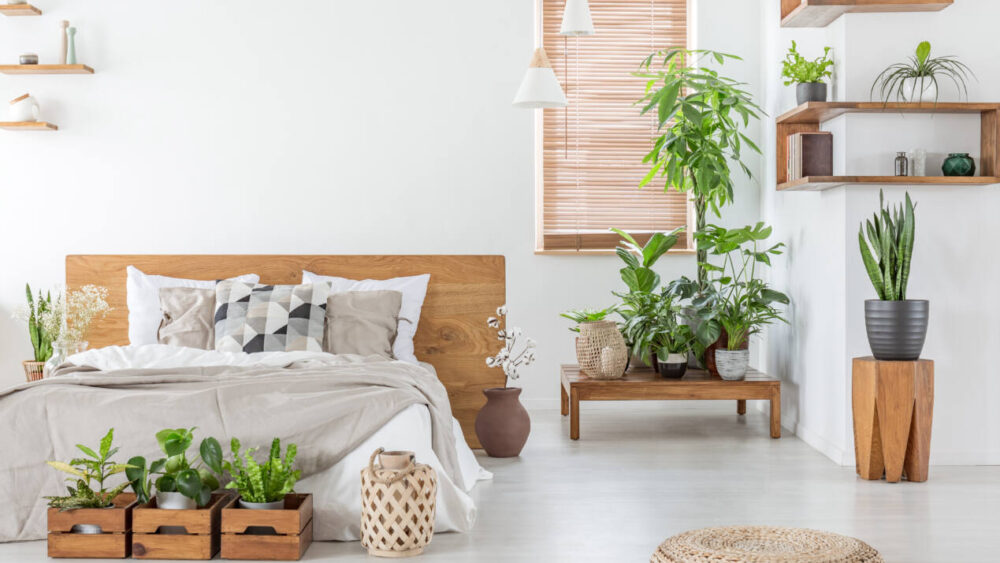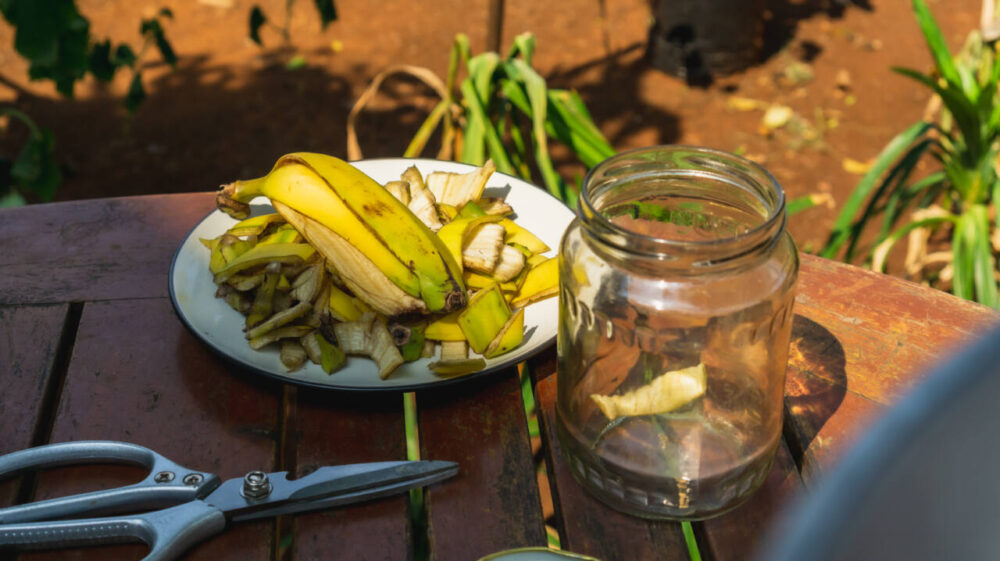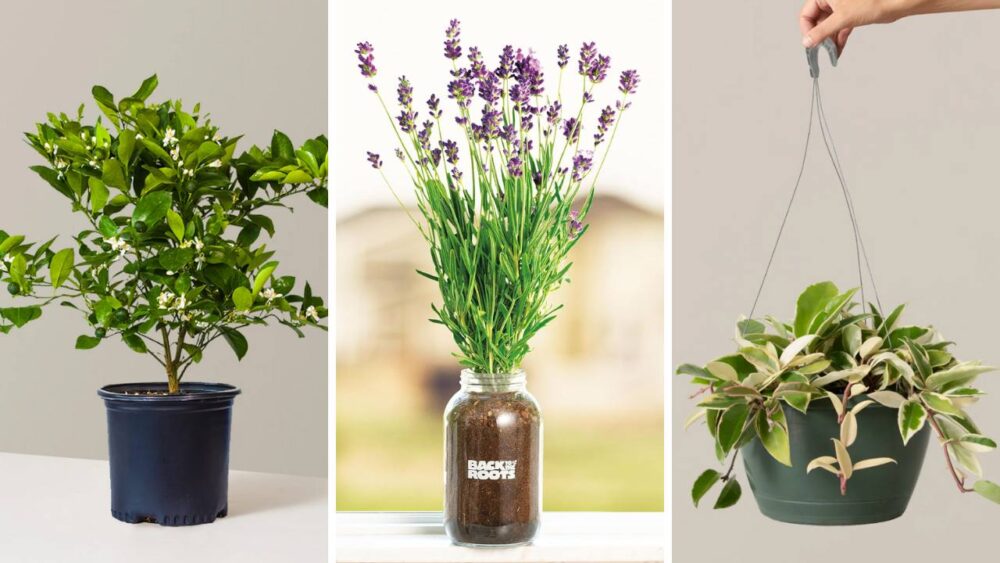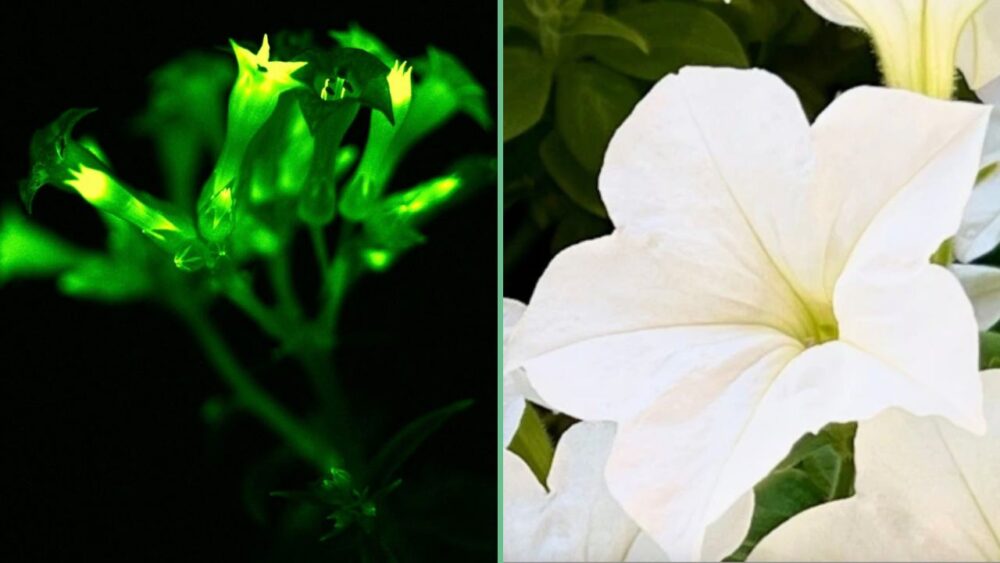4 Plants And Flowers That Are Actually Bad For Your Home, No Matter How Pretty They May Be
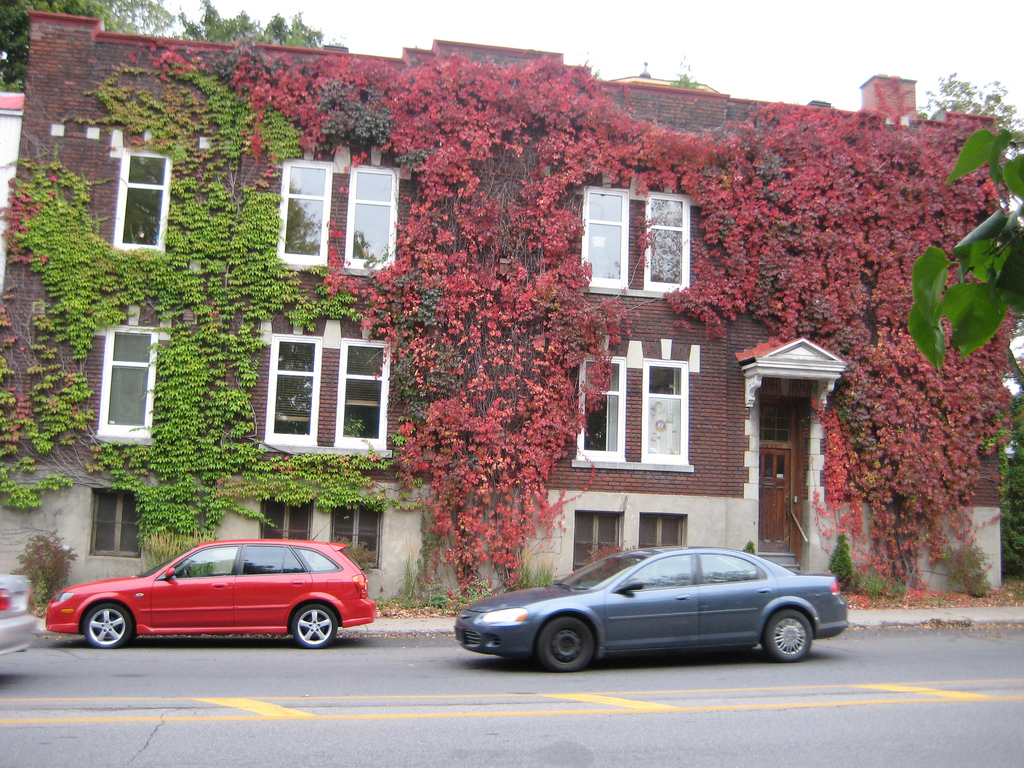
Plants and flowers that are bad for your yard—is there such a thing? In doing research on what to grow, I soon discovered what not to grow, as well.
I know, I know—how can a plant or flower (which is seemingly pretty) be bad for our yards and homes?! Well, here’s how. The next time you’re at the nursery or gardening center, think twice before getting any of the below.
1. Ivy
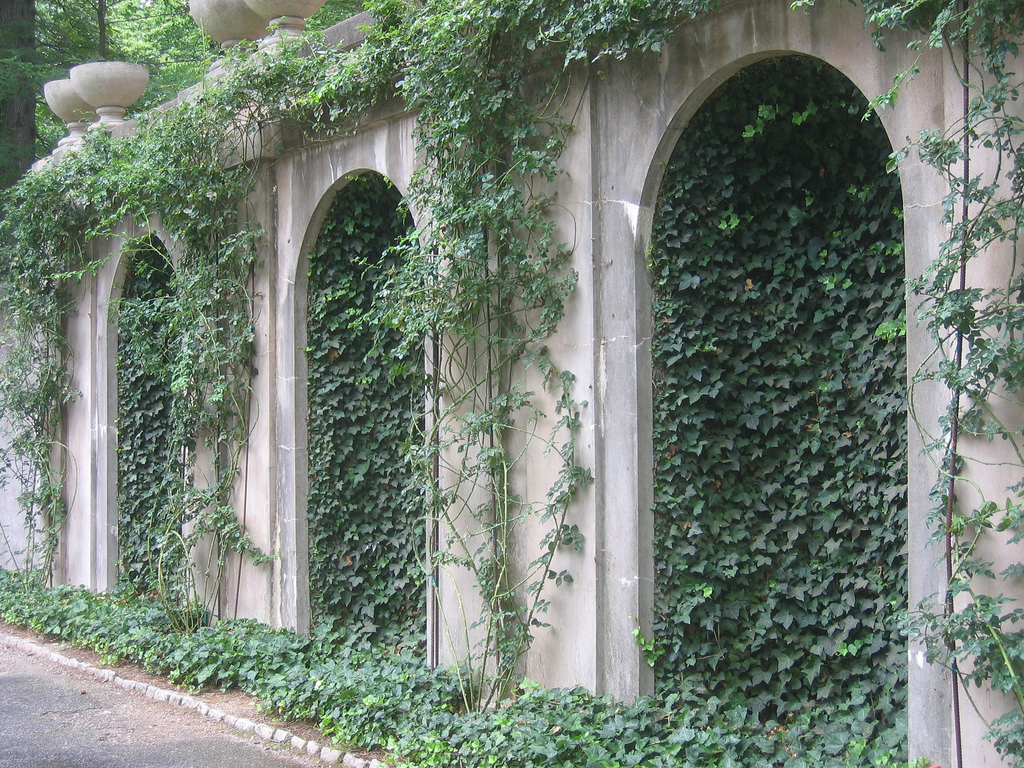

Yes, ivy looks very romantic and charming and whenever you see a house scaled in it, it may make you want to cover your house in ivy, too. But don’t do it!
At least, if you don’t want structural damage (like the mortar to become less firm) done to your home. But just think, maybe all those houses and buildings you see with ivy cannot help it, since ivy loves to grow and grow!
2. Trumpet Vines
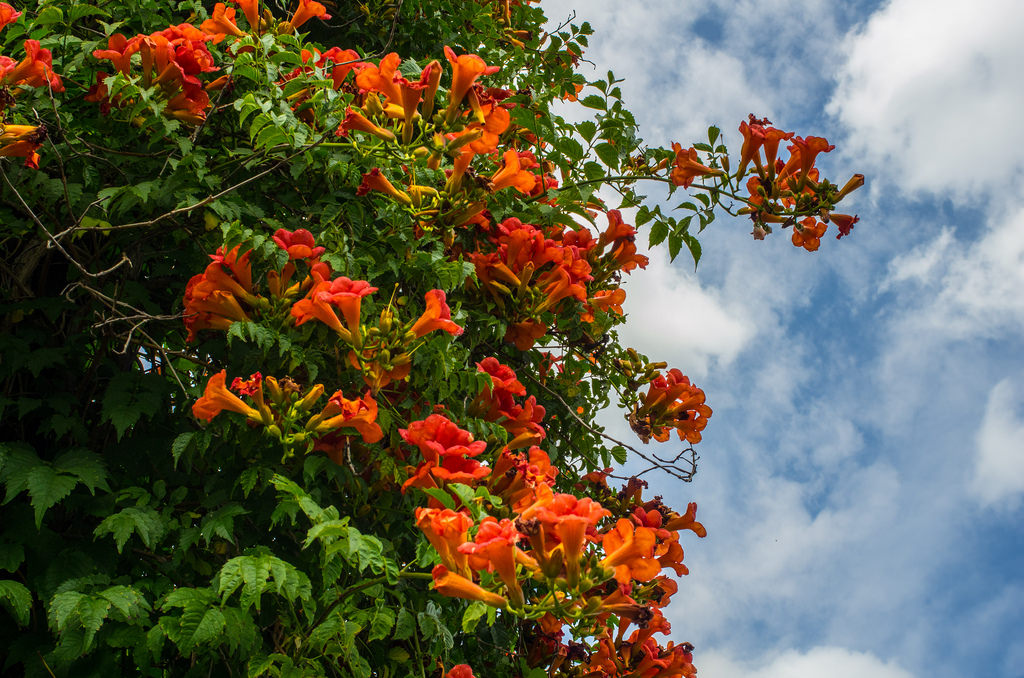

Trumpet vines, dubbed as an “aggressive spreader” by many gardeners and sites, like About Home, are just that—they spread before you can blink (or water them again… and they don’t need much water to begin with).
The City of Austin, TX website recommends planting them where roots can be confined, so keep that in mind if you happen to buy or have some. Plus, they can damage nearby wood, so beware of that, too.
3. Bamboo
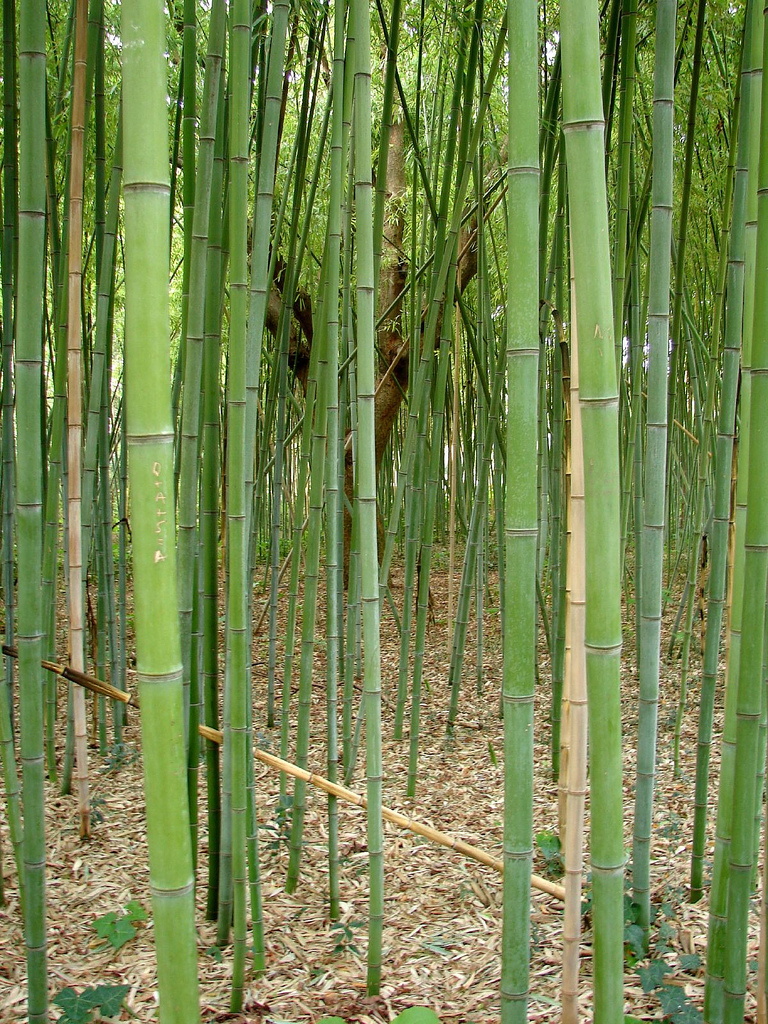

Bamboo looks so cool, right, especially when you see small shoots of it for sale in some cute shop? And you just have to have it. But when it comes to planting it in your yard, that “have to have it” wish will come true, and then some.
It grows quickly—it can grow more than three feet per day, according to Ted Jordan Meredith, who wrote Bamboo for Gardens. That’s a LOT. And once your bamboo takes over your yard, and possibly your neighbor’s, getting it removed is pricey… and takes a long time, even years, states Networx.
Plus, environmentally, bamboo is pretty selfish and tends to crowd out other plants. It’s pretty, no doubt, but no thank you.
4. Purple Loosestrife
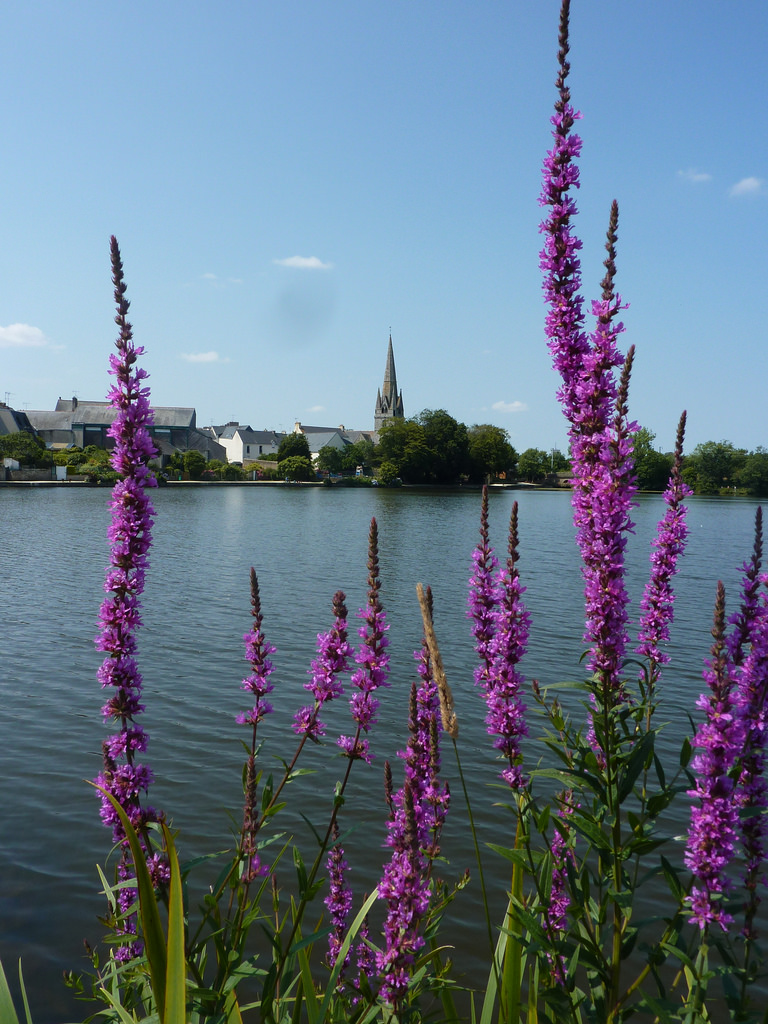

No matter if it’s on dry or wet land, i.e., near marshes, purple loosestrife likes to spread, soon taking over local crops and surrounding land. One mature plant can create up to 2.7 million (yes, million!) seeds per year.
That is a TON. Then, those get blown about and you know the rest… soon, purple loosestrife is everywhere!
HouseLogic even provides tips on how to get rid of it if you see it crop up in your yard—“Dig it out, burn debris, or tie it in a dark plastic bag to prevent it from spreading in landfills.” Pretty intense, huh?
Photo by straightcurly


